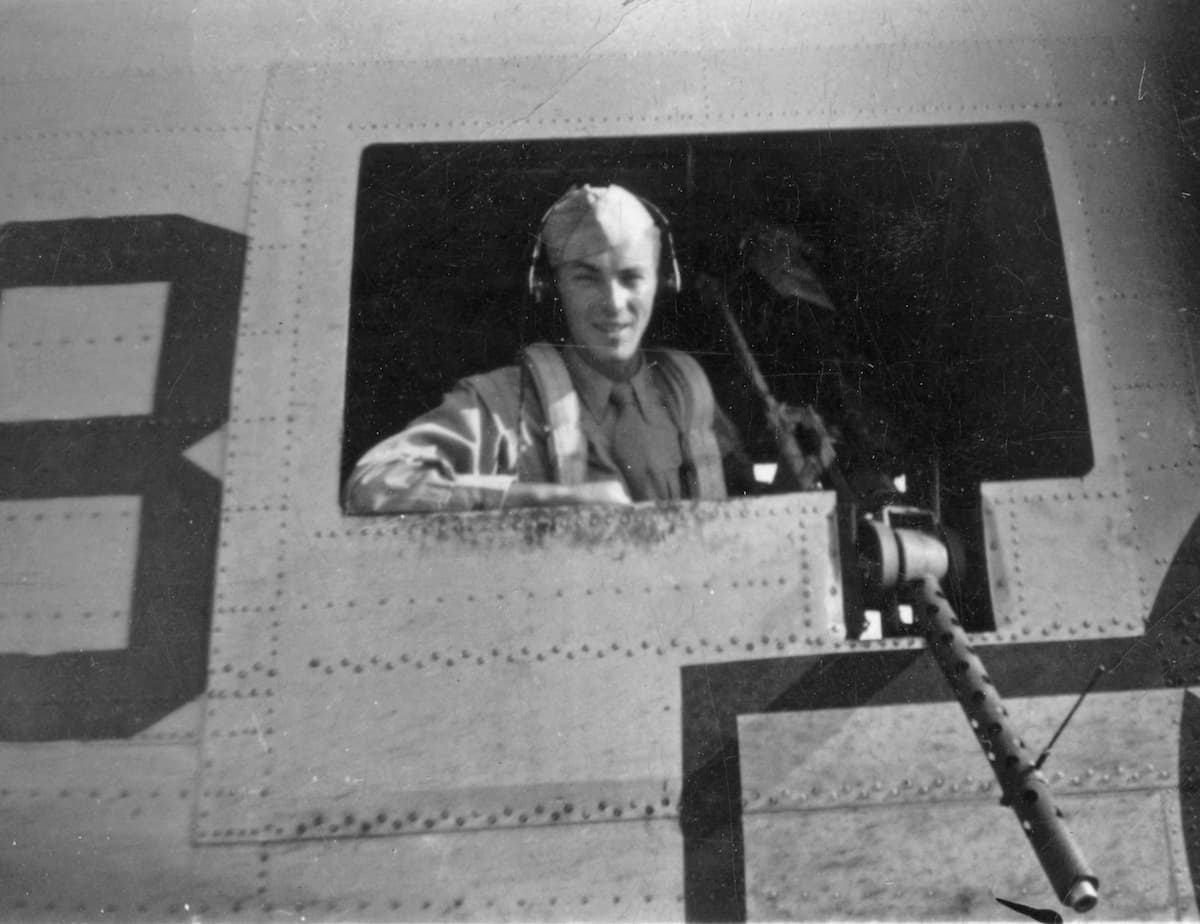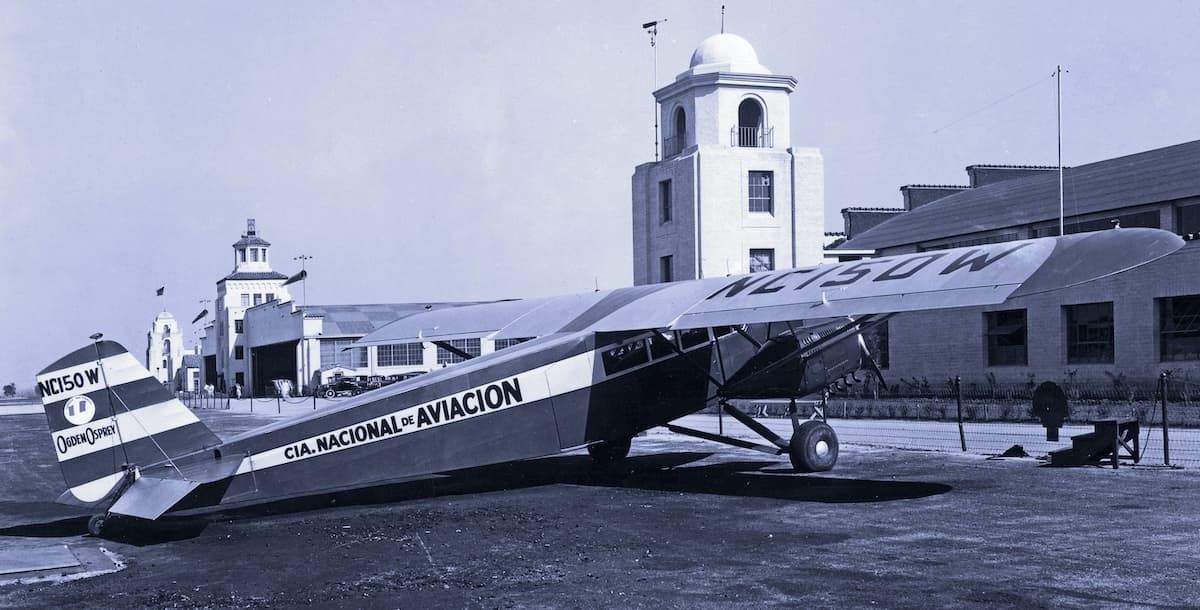Formed in 1918 to make airplane parts, Eberhart gained a U.S. Army Air Service contract to rebuild British S.E. 5A biplane fighters and French SPAD S.XIII biplanes.
Of Wings & Things
Plane Panels Part Two
Here’s another installment in “Can you pick a panel for a plane?” in which our Of Wings & Things columnist pairs some grand old Air Force cockpit photos with examples of the aircraft depicted, including the exotic German Messerschmitt Me 262 jet fighter.
Notes from an unknown veteran
I look at these snapshots from World War II and I wonder how their owner’s life went in peacetime. Did he pass me on the street, unseen, unrecognized? Did he ever get thanks for his efforts in the war?
Can you pick a panel for a plane?
Can you look at an instrument panel and tell what airplane it belongs to?
Without a shadow of a doubt
From movie magic to high speed reconnaissance to a casual biplane hop, sometimes the best photo of the day isn’t of an airplane, but rather of its sun-blocking presence in shadow.
Ogden Osprey couldn’t outclimb the Depression
The Ogden Osprey sought a niche as a small six-place trimotor suitable as a business aircraft, a feeder, or air taxi vehicle. The 1929 stock market crash was a death knell for the new design.
Red Hawk joins long history of jet trainers
The family tree of long-term dedicated two-seat jet trainers in the Air Force has been a story of success evidenced by the decades of training service the T-33, T-37, and T-38 provided.
Heavy metal: The Junkers armored patrol plane
The armored Junkers J.I reached frontline units toward the end of 1917 during World War I. The biplane gained affection for the rugged protection it offered its crews, who flew at low altitudes to determine the ebb and flow of the front lines of combat.
The Sea Rover: Melded metal and wood in a flying boat
The Sea Rover has been described as having good water handling traits, as well as decent flying characteristics, although its diminutive size limited its utility.









